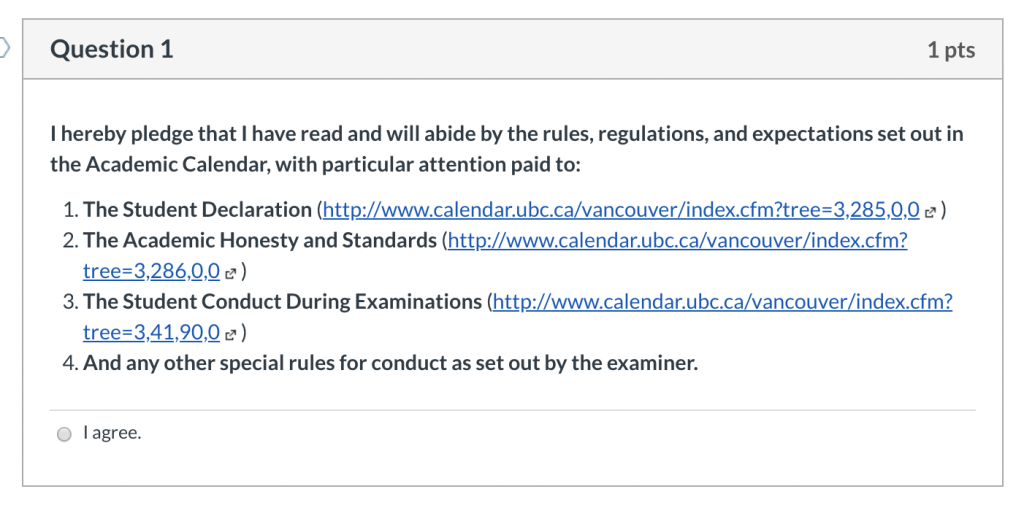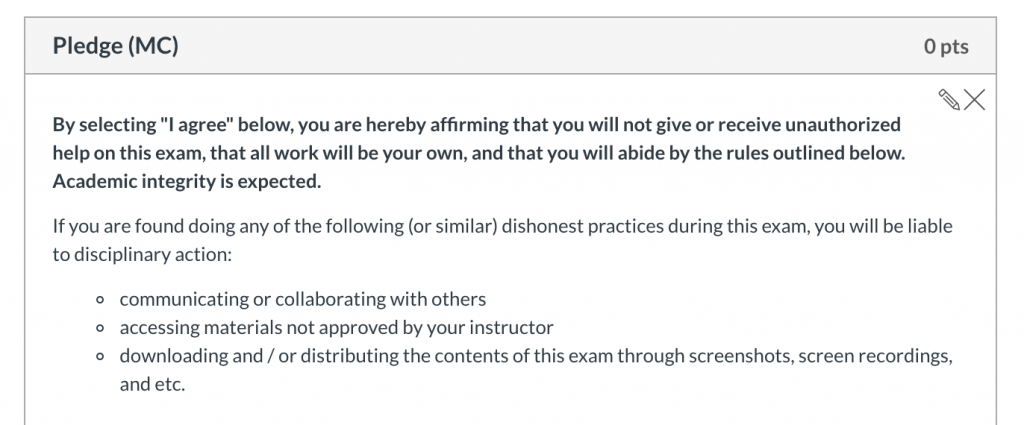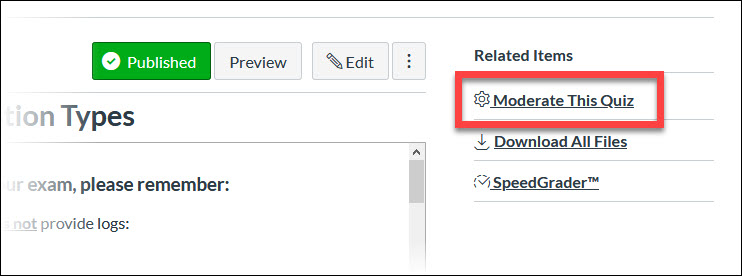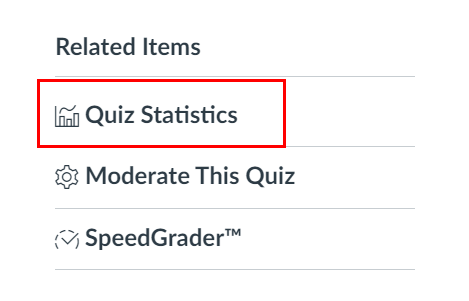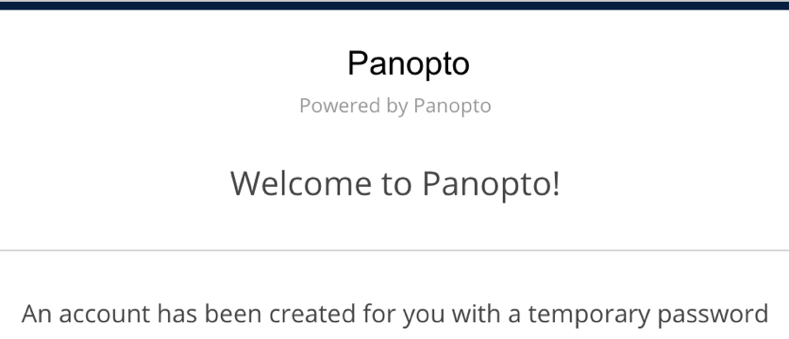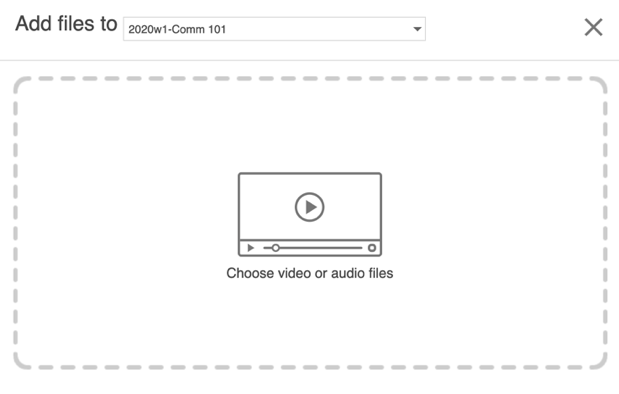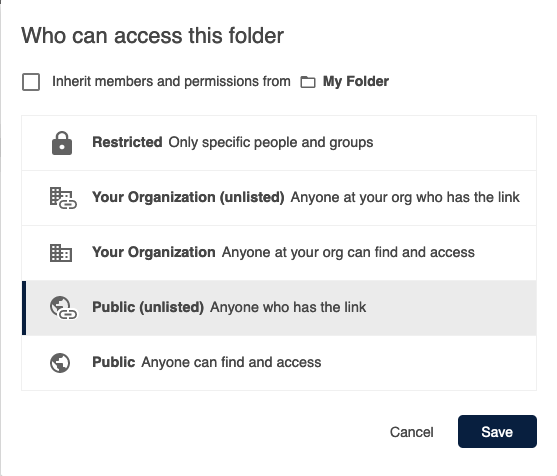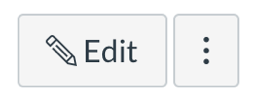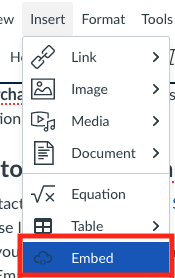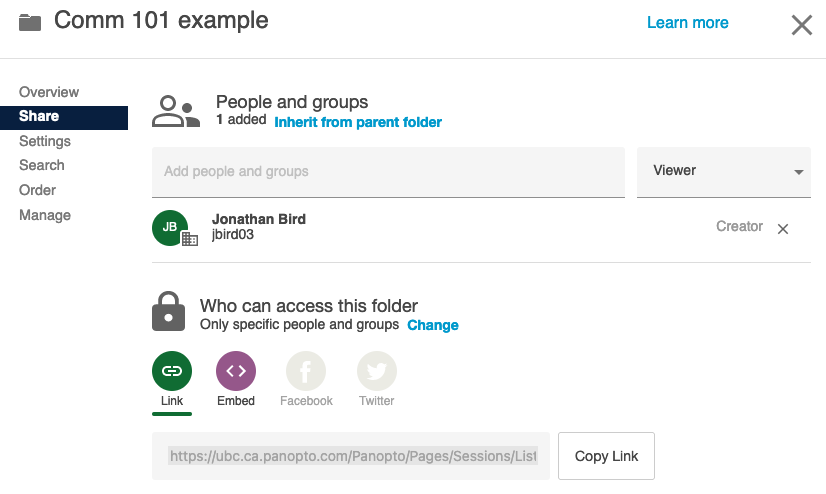on this page
- Why provide feedback?
- Canvas
- OnTask
- Peer Review
- Feedback Best Practices (coming soon)
Feedback
Providing effective and rapid feedback is imperative to student success. This section outlines best practices for communicating constructive feedback to students.
Why provide feedback?
Facilitating detailed and timely feedback can help students get more out of their learning.
Be specific so students know what actions to take moving forward.
Be prompt so that the content is still relatively fresh and relevant in their minds.
Be sensitive, and focus on how students can improve rather than just listing what they did wrong.
Formative
One approach to feedback is using formative assessments — smaller but more frequent activities throughout the course.
Design lower-stakes opportunities for students to demonstrate knowledge. The more data points generated, the more guidance instructors can provide.
Summative
Summative assessments can be useful in evaluating each student’s overall progress. When creating exams or final projects, ensure that they align with course objectives and content.
Canvas
Feedback can be delivered through Canvas in many ways.
SpeedGrader
Input marks and comments in SpeedGrader.
Annotate and markup student work.
Automatic Quiz Comments
Configure automatic comments which will show based on how students responded to a quiz question — i.e. why is Answer B incorrect?
See an example of how to use quiz comments on this page: https://community.canvaslms.com/t5/Instructor-Guide/How-do-I-create-a-Multiple-Choice-quiz-question/ta-p/682
Announcement
Send out a course-wide announcement to debrief an assignment / exam / quiz.
Inbox
Send students a private message with Canvas Inbox.
Through the gradebook, instructors have the option of quickly messaging students who:
- haven’t submitted
- scored lower than x
- scored higher than x
OnTask
OnTask helps instructors deliver personalized feedback.
Using a single message template, instructors can set conditions to show / hide certain pieces of text accordingly.
OnTask can also pull data from a spreadsheet like a mail merge.
Peer Review
Students can provide feedback to one another as well.
Canvas Peer Review
Enable peer review in an assignment to let students read and comment on each other’s work.
iPeer
iPeer allows group members to evaluate and give feedback to each other.
Instructors can create their own questions and forms for students to fill out. Results can be exported to a CSV.
ComPAIR
ComPAIR lets students review pairs of their classmates’ assignments, side by side.
Scores for participation and performance can be synced to Canvas.
PeerScholar
PeerScholar is another peer review platform.
There is a “reflection” stage built into the workflow for students to edit and resubmit their work after receiving feedback.


